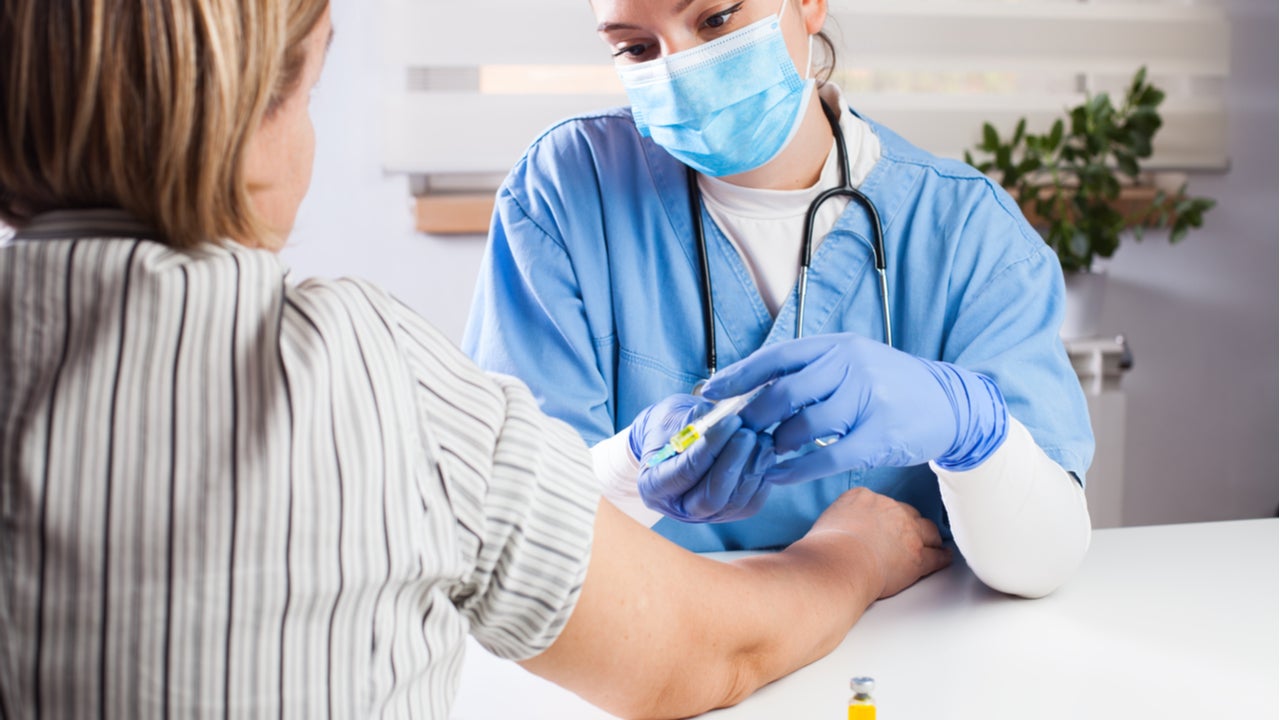
NIH’s ACTIV-2 trial is set to start a substudy to evaluate the ideal vaccination strategy after infection among participants who did not have to be hospitalised for COVID-19, said study chair Dr David Smith, chief, Infectious Diseases and Global Public Health, University of California San Diego. NIH will provide Moderna’s mRNA-1273, though the trial will allow participants to receive other authorised vaccines provided in the community as per convenience, Smith added.
The substudy has been cleared by relevant agencies and should start soon, Smith said. The Phase II/III ACTIV-2 study is one of several platform trials investigating therapeutics to treat COVID-19. It is sponsored by the NIH’s National Institute of Allergy and Infectious Diseases (NIAID).
Moderna is collaborating on the substudy to some degree, Smith added. Pfizer/BioNTech’s two-dose Comirnaty (BNT162b2) and Johnson & Johnson’s single-jab JNJ-78436735 are the two other COVID-19 vaccines authorised for use in the US.
Moderna and the NIH did not respond to a request for comment.
While guidelines on vaccination in previously infected individuals exist, robust evidence to identify the time for vaccination after being treated or infected is still needed, Smith said. The Centers for Disease Control and Prevention recommends people who have received monoclonal antibodies or convalescent plasma for COVID-19 should wait 90 days before receiving a COVID-19 vaccine. However, a vaccine should be offered to everyone regardless of past SARS-CoV-2 infection. ACTIV-2 is currently investigating six treatment strategies, of which four are monoclonal or polyclonal antibodies against SARS-CoV-2, while the rest work through different mechanisms.
The substudy will enroll ACTIV trial participants who previously received either a treatment or a placebo and compare their vaccine-triggered immune responses, Smith noted. Additionally, a cohort of volunteers with no prior COVID-19 infection will serve as a control group, he said. All participants will receive the vaccine, but whether they previously received a therapy or placebo will be blinded to all but the trial statisticians, he explained. There will be five groups depending on the treatment received, Smith said. Each of these groups will enroll around 70 participants, he added.
How well do you really know your competitors?
Access the most comprehensive Company Profiles on the market, powered by GlobalData. Save hours of research. Gain competitive edge.

Thank you!
Your download email will arrive shortly
Not ready to buy yet? Download a free sample
We are confident about the unique quality of our Company Profiles. However, we want you to make the most beneficial decision for your business, so we offer a free sample that you can download by submitting the below form
By GlobalDataSeveral clinical reports have hypothesised on the potential use of a single dose of an mRNA vaccine among previously infected individuals. In a trial that surveyed healthcare workers, antibody titers were higher in those who had a prior asymptomatic or symptomatic infection than participants who did not have any pre-existing SARS-CoV-2 antibodies at different timepoints (Saadat, et al, JAMA. 2021;325(14):1467-1469).
While the substudy will not directly test if recovered patients only need one dose instead of two, it will provide evidence on the level of immune responses after both doses, Smith said. In the ACTIV-2 substudy, samples will be collected during the first vaccination visit, right before the second dose and sometime after the second dose and used to collect data on neutralising antibody titers, T-cell immunity and humoral immunity, Smith explained. That said, Smith noted that correlates of protection in COVID-19 is still yet to be determined. The two doses of mNRA-1273 are administered with a 28-day gap, while the second dose of Comirnaty is given after 21 days.
Manasi Vaidya is a Associate Editor for Clinical Trials Arena parent company GlobalData’s investigative journalism team. A version of this article originally appeared on the Insights module of GlobalData’s Pharmaceutical Intelligence Center. To access more articles like this, visit GlobalData.



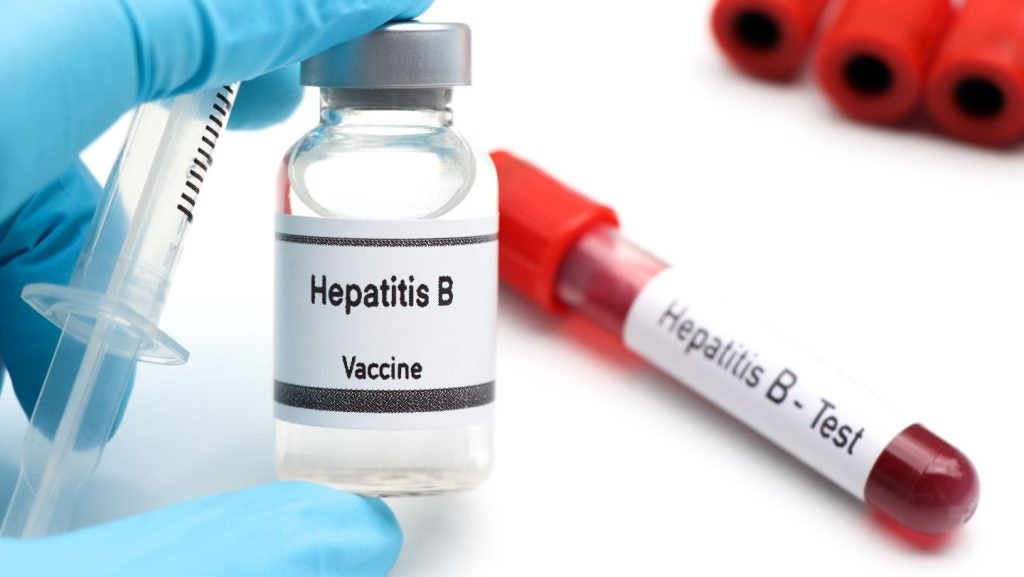
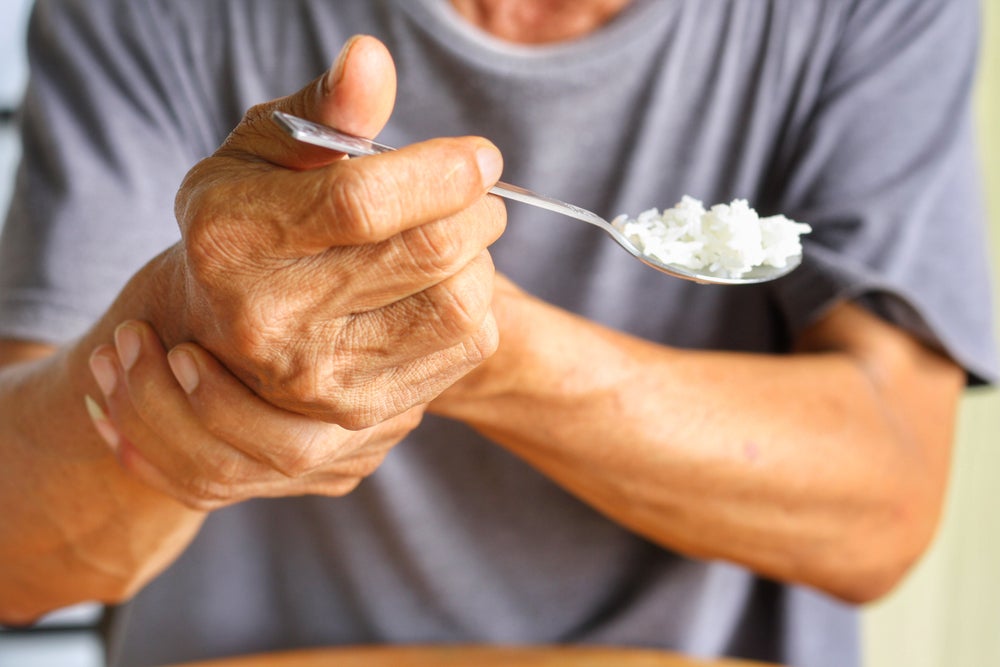
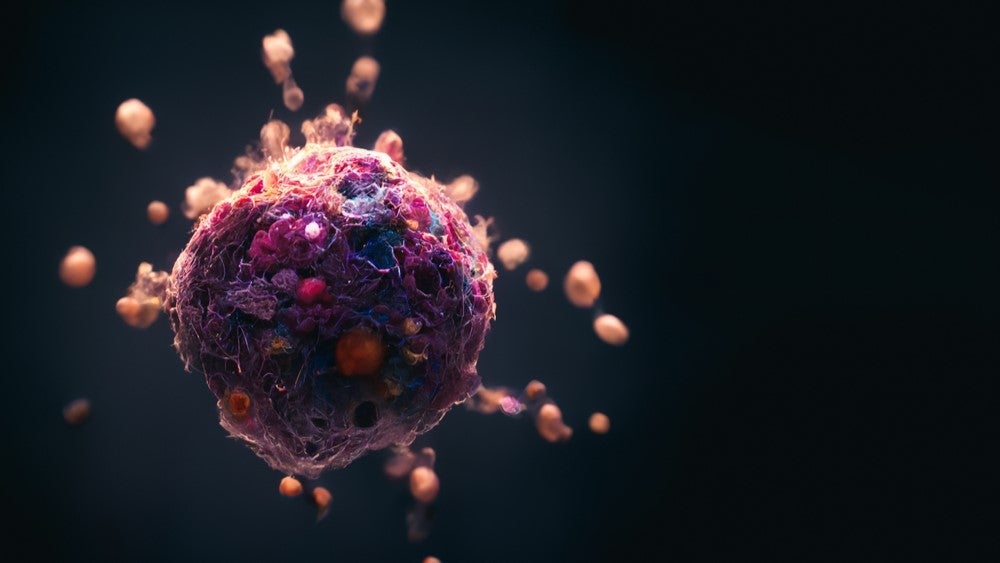
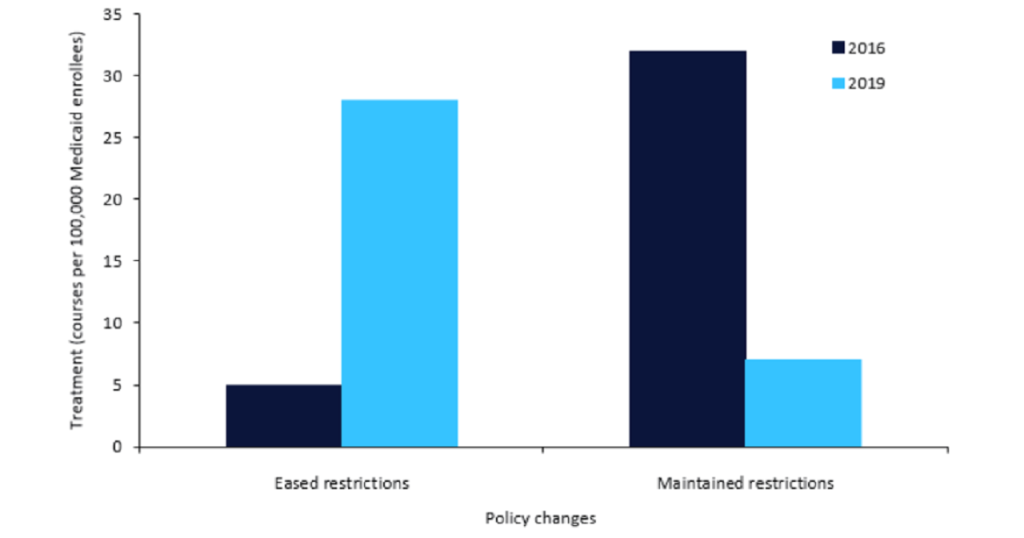

Related Company Profiles
Pfizer Inc
Johnson & Johnson
Moderna Inc
BioNTech SE